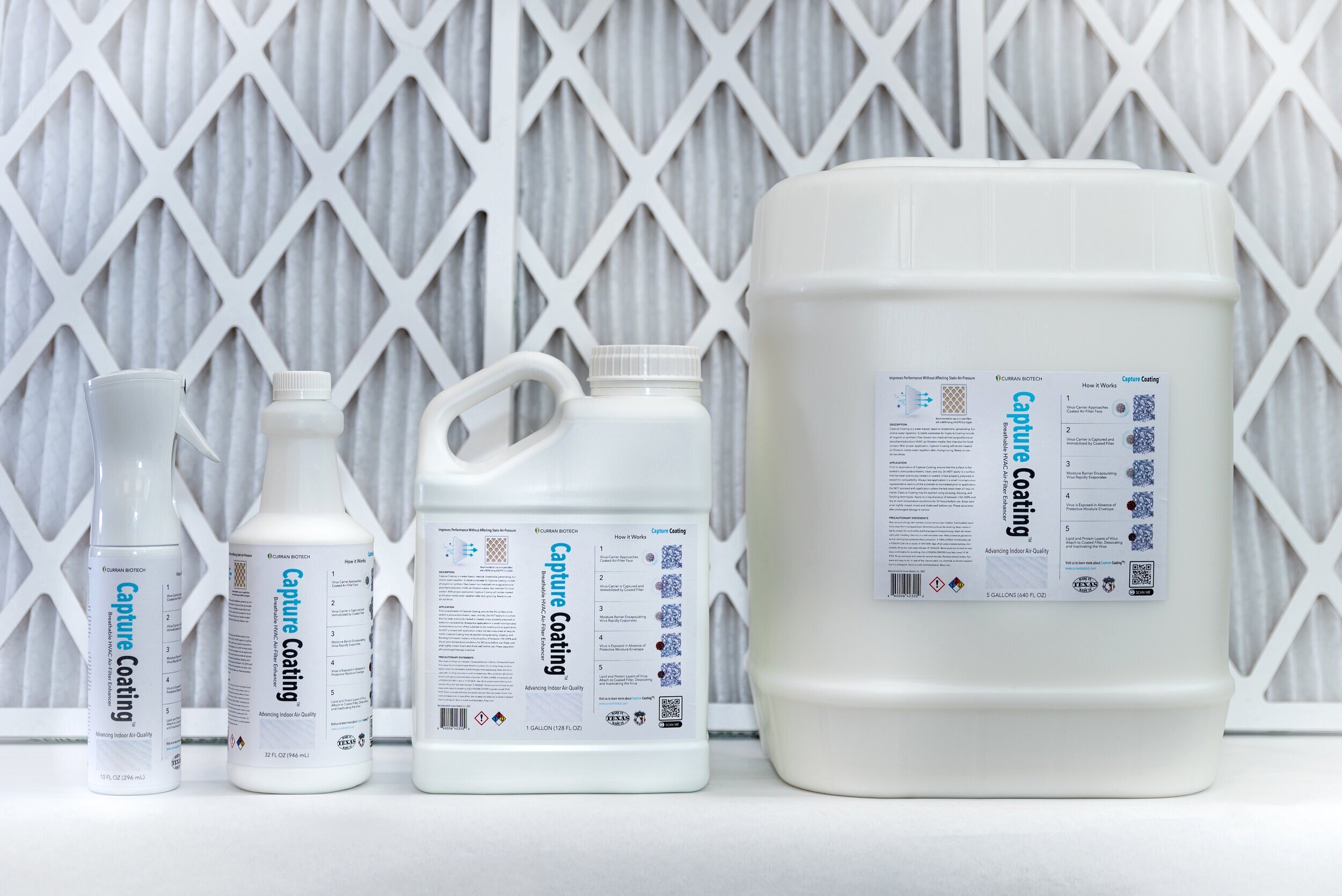The Facilities/Construction Management Preventive Maintenance team is implementing a newly developed nano-coating technology, called Capture Coating, developed at the University of Houston. This coating will improve the ability of air filters to trap the Corona virus that causes the COVID-19 illness and was developed at UH's Technology Bridge by Curran Biotech.
Curran Biotech's new nanocoating could prevent indoor transmission of COVID-19
A new nanocoating from Curran Biotech could dramatically improve air filtration to prevent the spread of COVID-19 indoors.
Their Capture Coating technology acts as a supplement to any household or commercial HVAC system by bonding to the filter fibers, giving them greater hydrophobic properties. This combined effect prevents virus-carrying droplets from traveling through the filter fibers, which, without the treatment, only prevent some viral transmission.
“ ‘Capture Coating’ is designed to mitigate and significantly decrease viral transmission of COVID-19 through specified air filtration media by forming a breathable, flexible, non-leaching, water-repellent barrier against aqueous respiratory droplets that act as virion carriers that can potentially be recirculated through conventional air-filters,” wrote Curran Biotech founder and University of Houston physics professor Shay Curran in an email. Despite the molecular complexity of the coating, the product itself can simply be sprayed onto an HVAC system’s filter.
Press Release: Nanotech Filter Coating Offers Promise Against COVID-19
Coating Developed by UH Professor Being Tested in New York City
By Jeannie Kever
713-743-0778
September 29, 2020
A physics professor from the University of Houston has developed a nanotech coating designed to allow air filters to capture airborne or aerosolized droplets of the virus that causes COVID-19.
The coating works by capturing liquids which encase the virus particles while still allowing air to flow through unimpeded. That allows ventilation systems to remove the virus during normal operation, without retrofitting or limiting the system’s ability to draw fresh air, said Seamus Curran, a physics professor known for his work commercializing nanotechnologies.
Water beading on a coated MERV 8 filter
Water beading on a coated MERV 2 filter material









